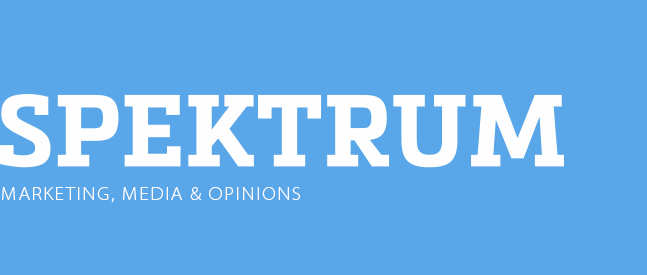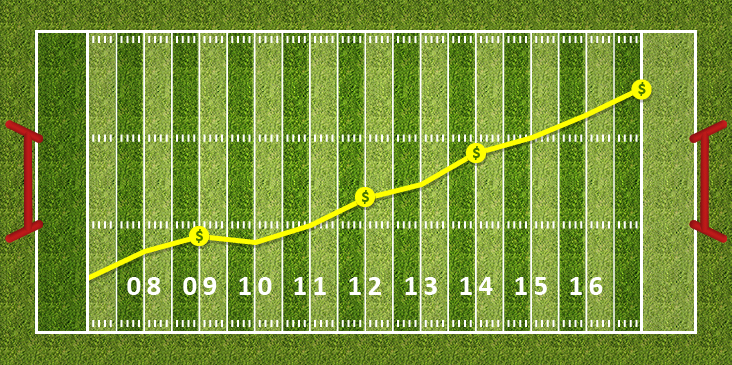
Comment: The dust has settled after the culmination of weeks of build-up, as the NFL Super Bowl XLIX came to an end last Sunday.
It had the highest ever overnight rating according to Nielsen Ratings, which considering it was watched by over 100 million Americans, is no surprise. Aside from the sports action, the second biggest part of the Super Bowl is the commercials. As the most watched annual sporting events in the US, getting a time slot during the broadcast is a sure fire way to reach an incredible number of consumers. The Big Game is also broadcast around the world receiving a large viewership. Some viewers even tune in specifically for the adverts as they are some of the most expensive and eye-catching, and often launch a company’s latest campaign.

Commercials for 2015 cost upwards of $4.4 million per 30-second time slot.
Capitalizing on this opportunity is vital for brands that spend a significant amount of money on their slot. Therefore making an impression is very important, as this produces a lasting impression of the brand. But advertisers must be careful when attempting to stand out, as controversial commercials can cause negative effects. Although controversy increases awareness, this can work against the brand, as audiences associate it with a negative topic. Pre-releasing commercials prior the game has also become common practice, in order to build interest ahead of time.
GoDaddy this year were pulled with their controversial puppy advert. It received a large number of complaints and even its own petition in order to stop the airing of the advert during the Super Bowl. The company responded by pulling the advert, and issuing an apology. None of which were good for its image. The advert GoDaddy parodied is an example of effective storytelling in advertising. The replacement GoDaddy commercial failed to have any impact.
Often, continuation of a theme is more effective, as with the case of Budweiser, who continued the story of their golden Labrador puppy from a previous advert. Instead of being a simple, slightly reworked version, the “Lost Dog” advert reinforced and expanded on the previous chapter. This continuous storytelling approach builds a connection to the viewer, as with any good story, they are hooked until the end.
One thing that was lacking from this year’s Super Bowl commercials was viewer engagement which was a wasted opportunity. With such a captive and wide audience, being able to actively engage your audience with a call to action can greatly benefit your brand. Instead of simply having passive viewers who note the brand and the product, a call to action prompts a response; subscribing, retweeting, emailing or entering competitions. These actions last beyond the advertising slot.